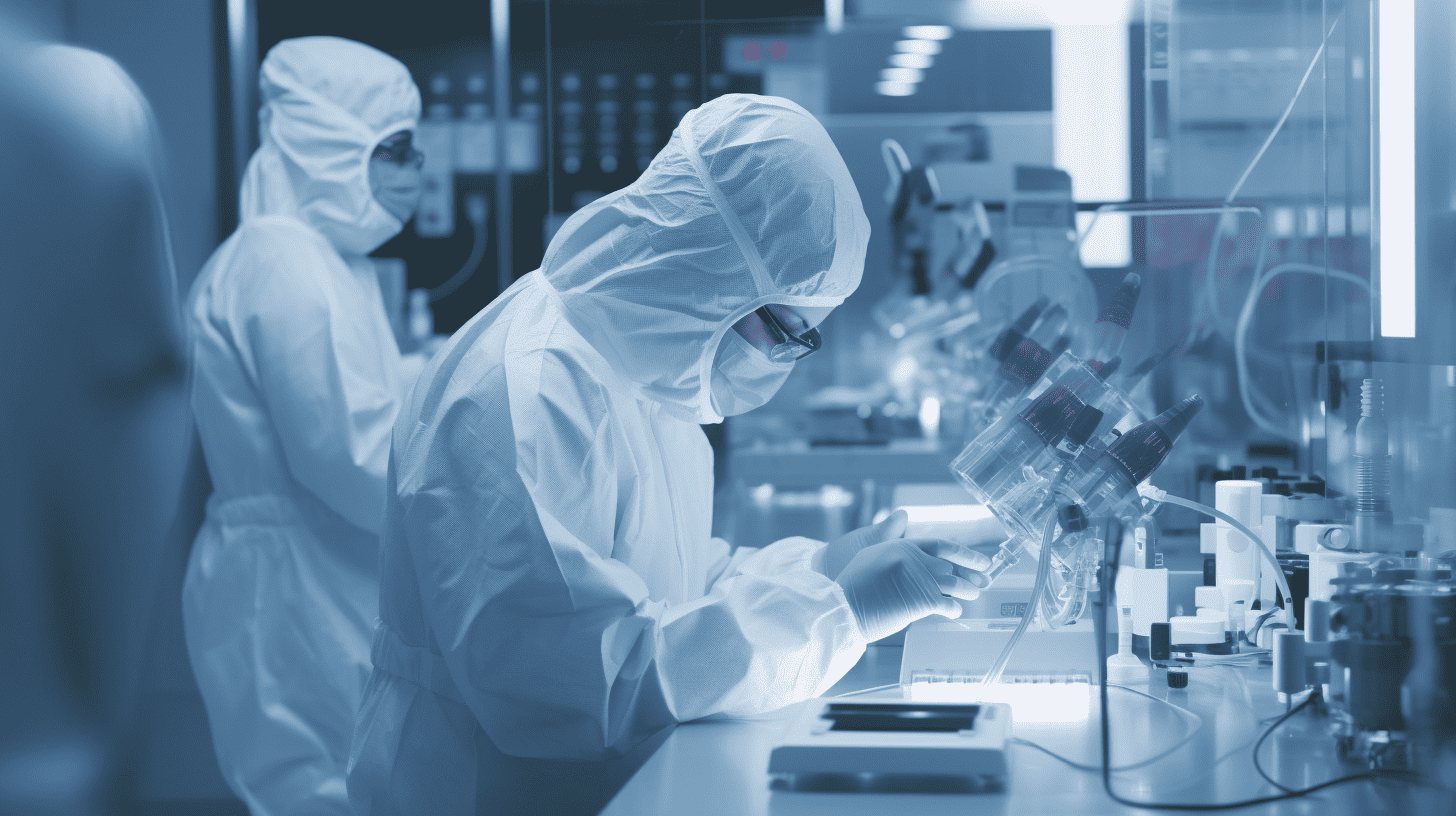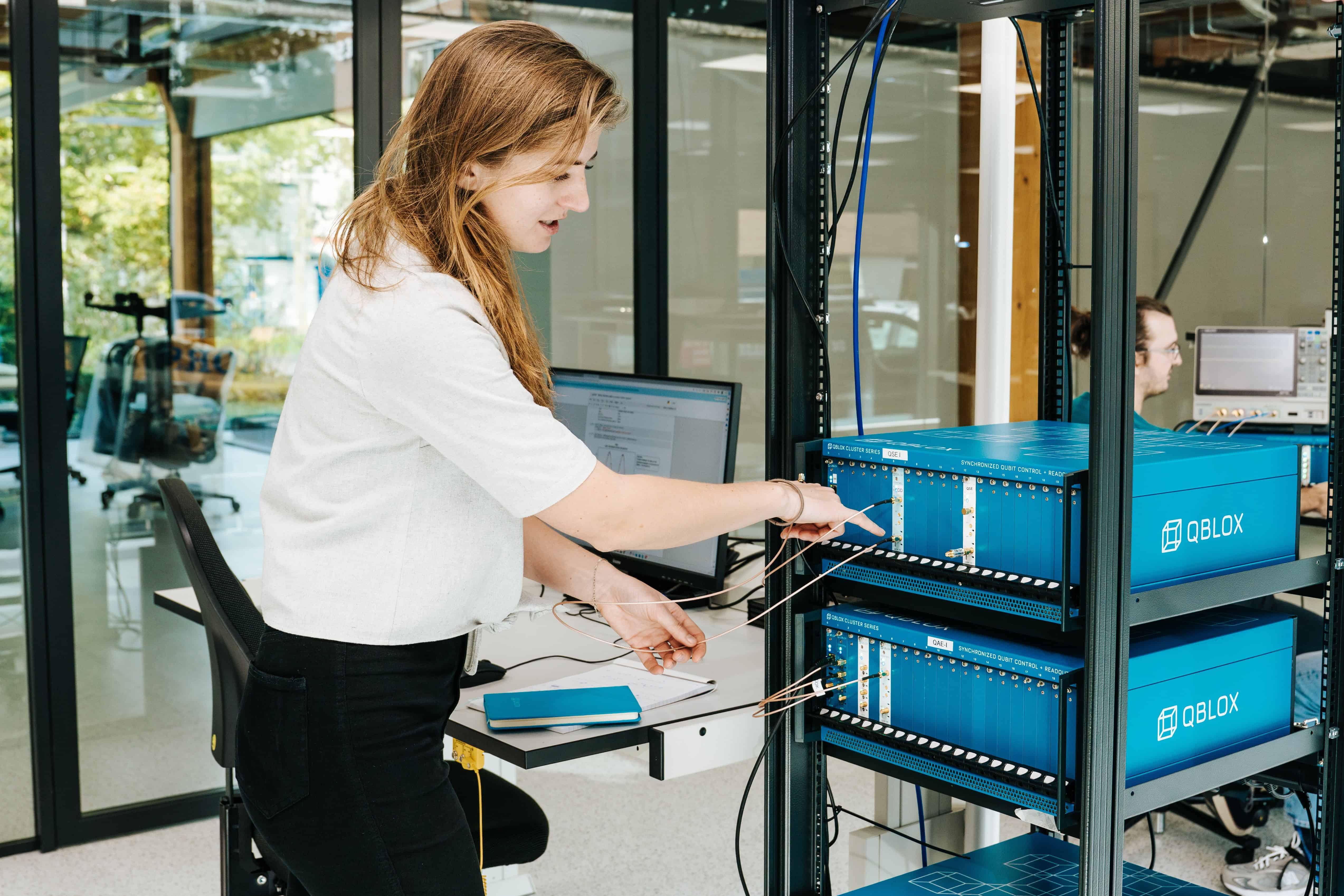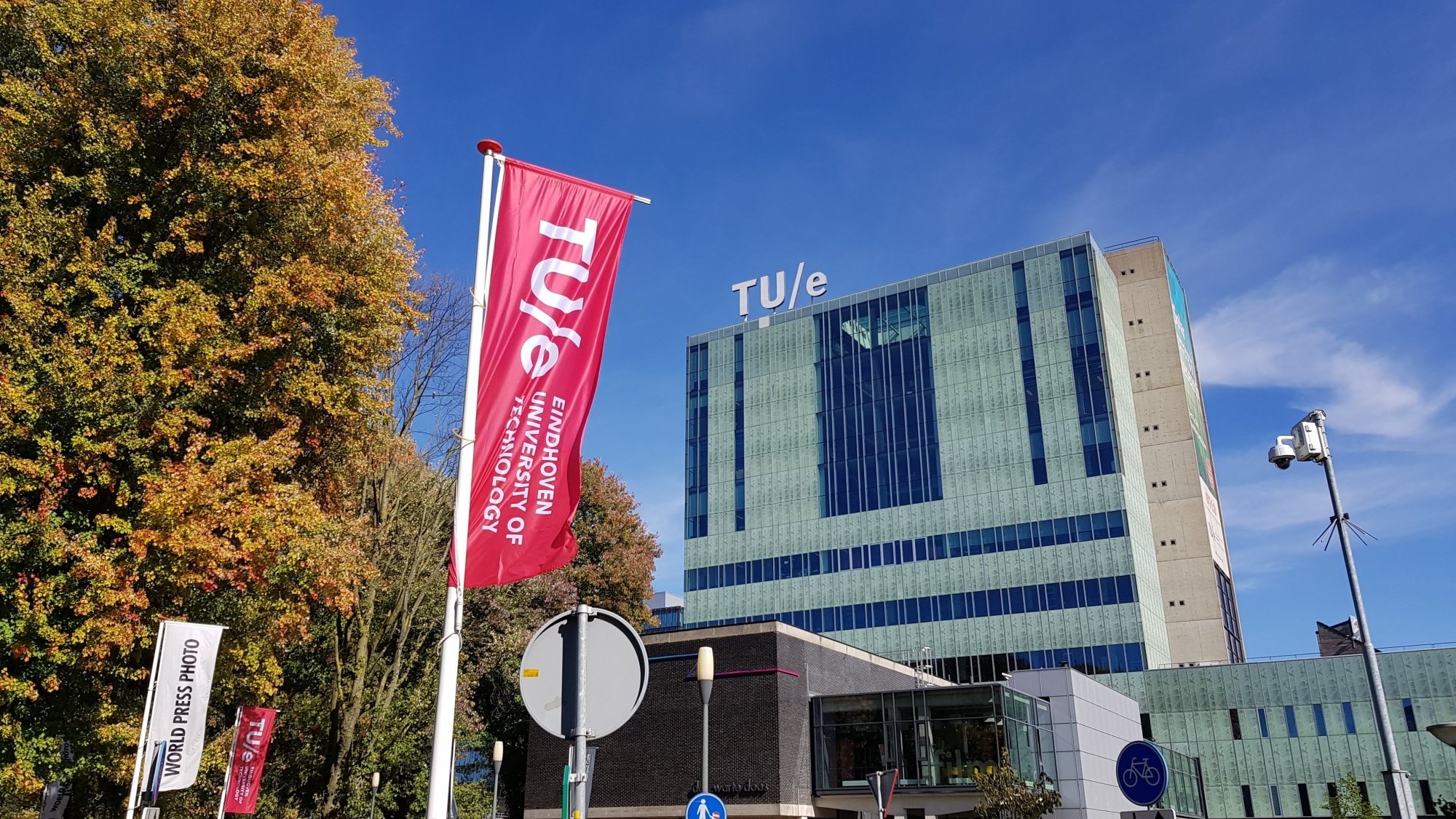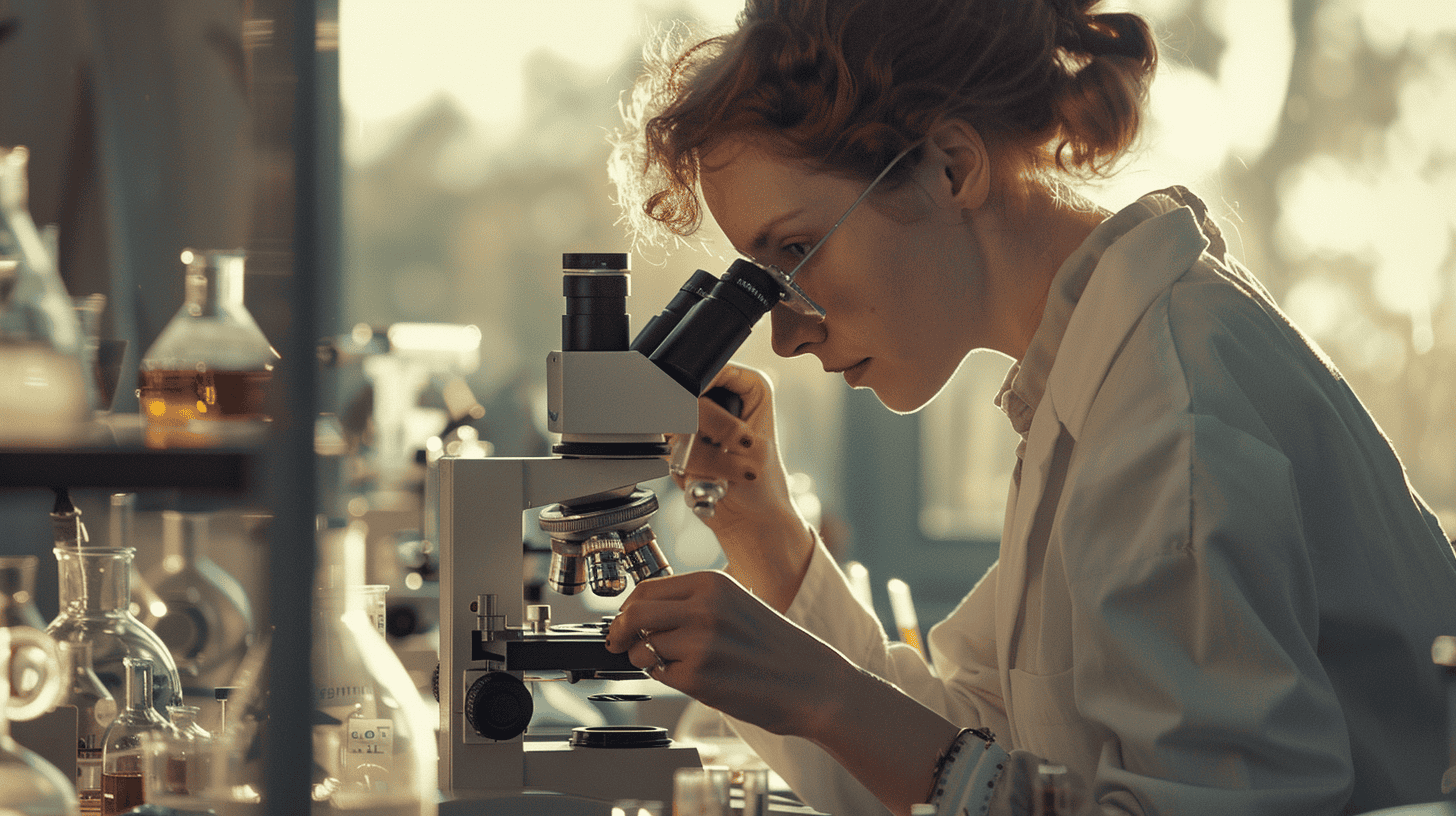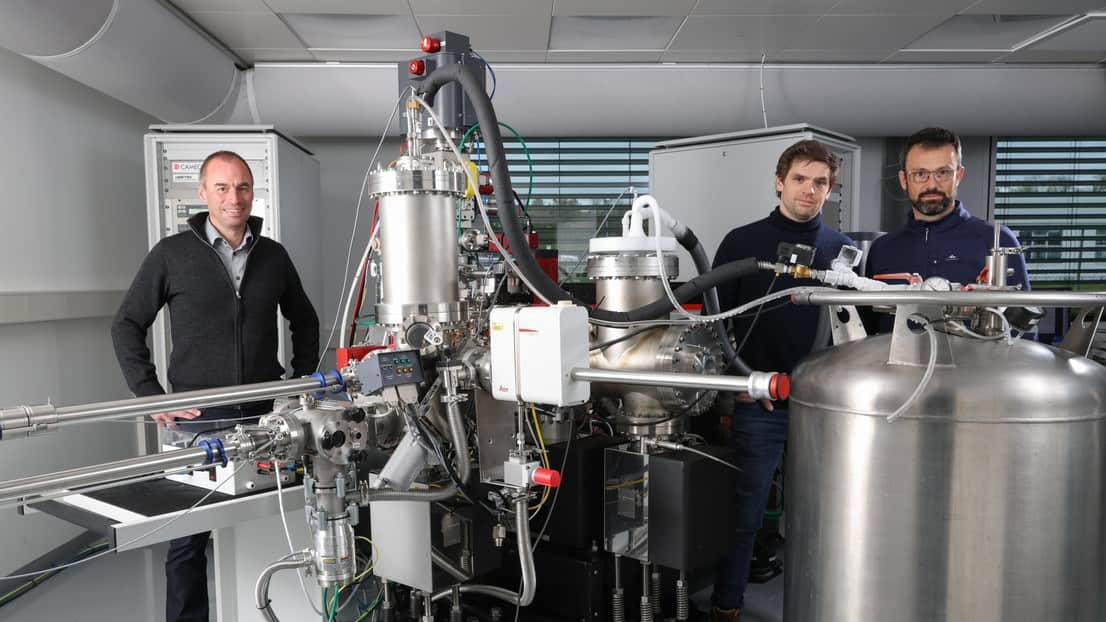
Scientists have developed the world’s first CryoNanoSIMS machine, enhancing nanoscale secondary ion mass spectrometry (NanoSIMS) analysis for observing biological tissue samples at sub-cellular spatial resolution, EPFL writes in a press release. The instrument uses a sample preparation process pioneered by 2017 Nobel Prize winner Jacques Dubochet and offers new research opportunities.
- Scientists have developed the world’s first CryoNanoSIMS machine, which enhances nanoscale secondary ion mass spectrometry (NanoSIMS) analysis for observing biological tissue samples at sub-cellular spatial resolution.
- This breakthrough in biological chemistry allows for the visualization of sub-cellular distribution of compounds, providing insights into bacterial infection, cancer treatment, plant growth, and environmental contaminants.
Overcoming Limitations of Traditional NanoSIMS Technology
NanoSIMS technology, introduced twenty years ago, revolutionised the imaging field by producing high-resolution images with a 100 nm resolution. However, traditional sample preparation methods had limitations – they caused distortion of tissue morphology and the loss of soluble compounds. The EPFL team, led by Prof. Anders Meibom, overcame these obstacles by developing a cryogenic process for sample preparation and modifying the NanoSIMS machine to accommodate cryogenic samples.
Meibom explained the challenges in adapting the instrument: “It was extremely difficult to turn an instrument that operates at room temperature into one that can analyse frozen tissue samples while keeping the sample cold and stable for hours and hours. But we succeeded, and can now obtain entirely new information.” To achieve this, the team collaborated with EPFL workshops and Swiss firms to leverage their mechanical engineering skills and to produce the required precision parts.

Expanding the Field of Biological Chemistry
The CryoNanoSIMS machine is a significant breakthrough in biological chemistry. It analyses the chemical and isotopic composition of vitrified tissue samples using the sample preparation process developed by Jacques Dubochet. Dubochet, the 2017 Nobel Prize winner in Chemistry and emeritus professor at the University of Lausanne, considers the CryoNanoSIMS instrument “an important expansion of the field of biological chemistry.”
By visualising the exact sub-cellular distribution of compounds, CryoNanoSIMS has the potential to shed light on essential processes underlying bacterial infection and cancer treatment, trace elements in plant tissue for plant growth and crop production, and environmental contaminants in soil and biofilms, all at sub-cellular spatial resolution.
Real-World Applications and Future Research
The study authors tested the CryoNanoSIMS method on Green Hydra samples, directly observing ammonium uptake and assimilation. This showcases the instrument’s capacity to provide unprecedented insights into biological processes. The next step for the researchers is to apply the CryoNanoSIMS method to corals, studying the mechanisms of symbiosis and the factors contributing to coral bleaching and death.






